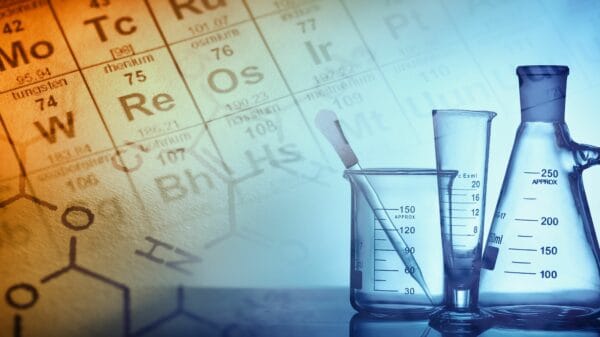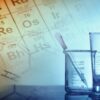Introduction
In the field of chemistry, accurate and precise measurements are essential for conducting experiments, analyzing data, and ensuring the validity of scientific findings. One common conversion that chemists frequently encounter is the conversion between milliliters (mL) and milligrams (mg). This conversion is crucial for accurately determining the mass or volume of substances, calculating concentrations, and performing various other calculations in chemical experiments.
Understanding the principles and techniques involved in mL to mg conversion by https://mltomg.com/ is fundamental for chemists and researchers to achieve reliable and reproducible results in their work. This article aims to explore the essential concepts related to mL to mg conversion in chemistry, including the underlying principles, conversion factors, and practical applications.
The Relationship between mL and mg
Milliliters (mL) and milligrams (mg) are two different units of measurement used to quantify different properties of substances. While mL is a unit of volume, mg is a unit of mass. The conversion between these two units involves considering the density of the substance being measured.
Density is defined as the mass of a substance per unit volume. It is typically expressed in units such as grams per millilitre (g/mL) or milligrams per millilitre (mg/mL). By knowing the density of a substance, chemists can convert between mL and mg using the following relationship:
Mass (mg) = Volume (mL) x Density (mg/mL)
This equation highlights the direct relationship between volume and mass, mediated by the density of the substance. By rearranging the equation, chemists can also calculate volume from mass:
Volume (mL) = Mass (mg) / Density (mg/mL)
Conversion Factors
To perform mL to mg conversions accurately, chemists must have access to the appropriate conversion factors. Conversion factors are ratios that express the relationship between two different units of measurement. In the case of mL to mg conversions, the conversion factor is derived from the density of the substance being measured.
For example, if the density of a substance is 1.2 mg/mL, the conversion factor would be 1.2 mg/mL. This means that 1 mL of the substance would weigh 1.2 mg. To convert a given volume in mL to mass in mg, one would multiply the volume by the conversion factor.
Practical Applications
The mL to mg conversion is widely used in various aspects of chemical analysis and experimentation. Here are some practical applications where this conversion is essential:
Preparation of Solutions: Chemists often need to prepare solutions with specific concentrations. By knowing the density of a solute, they can calculate the mass of the solute required to achieve the desired volume or concentration of the solution.
Dosage Calculations: In pharmacology and pharmaceutical research, accurate dosing is crucial. mL to mg conversions enable the calculation of the appropriate dosage based on the desired concentration and patient’s weight.
Analytical Techniques: Many analytical techniques in chemistry, such as chromatography and spectroscopy, rely on accurate measurements of volumes and masses. mL to mg conversions are used to ensure precise sample preparation and analysis.
Material Characterization: Determining the density of materials is essential for their characterization. mL to mg conversions help researchers calculate the mass or volume of materials, aiding in their physical and chemical characterization.
Conclusion
Accurate measurement and precise conversions are fundamental in the field of chemistry. mL to mg conversion plays a vital role in various chemical experiments, allowing chemists to determine the mass or volume of substances, calculate concentrations, and perform critical calculations. By understanding the relationship between mL and mg, the importance of density, and the use of conversion factors, chemists can ensure reliable and reproducible results in their research and analysis. Mastery of mL to mg conversion is an essential skill for every chemist aiming to achieve accurate and meaningful scientific outcomes.
Thanks for reading this article. If you're new here, why don't you subscribe for regular updates via RSS feed or via email. You can also subscribe by following @techsling on Twitter or becoming our fan on Facebook. Thanks for visiting!





















































































































































































